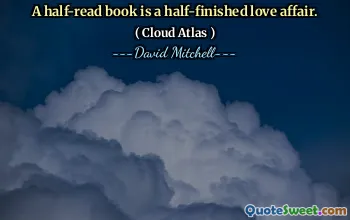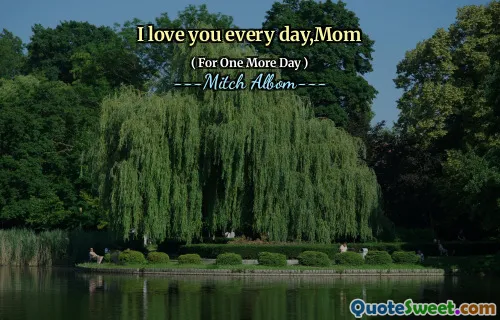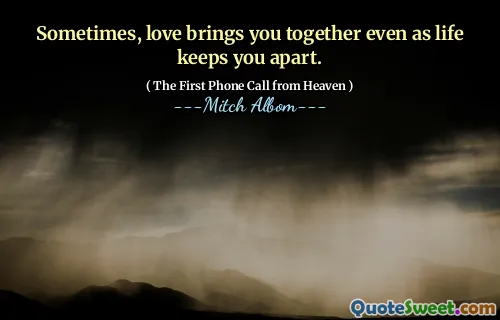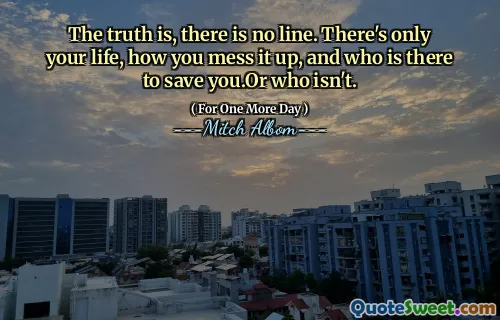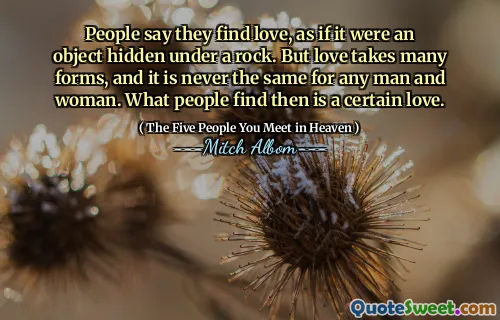It is a curious subject of observation and inquiry, whether hatred and love be not the same thing at bottom. Each, in its utmost development, supposes a high degree of intimacy and heart-knowledge; each renders one individual dependent for the food of his affections and spiritual fife upon another: each leaves the passionate lover, or the no less passionate hater, forlorn and desolate by the withdrawal of his subject. Philosophically considered, therefore, the two passions seem essentially the same, except that one happens to be seen in a celestial radiance, and the other in a dusky and lurid glow.
In Nathaniel Hawthorne's "The Scarlet Letter," a thought-provoking observation emerges about the intertwined nature of love and hatred. Both emotions exhibit a profound level of intimacy and understanding, creating a strong reliance on another person for emotional fulfillment. This dependence signifies that whether one is loving or hating, they both experience a deep and passionate connection that can lead to feelings of abandonment when their object of affection is removed.
Philosophically, love and hate appear fundamentally identical, differing primarily in their expressions. Love glimmers with a positive, celestial aura, while hate radiates a darker, more ominous energy. This intriguing comparison suggests that at their core, both emotions stem from a similar depth of human experience and connection, ultimately leaving individuals equally vulnerable when that connection is severed.
